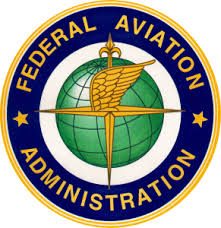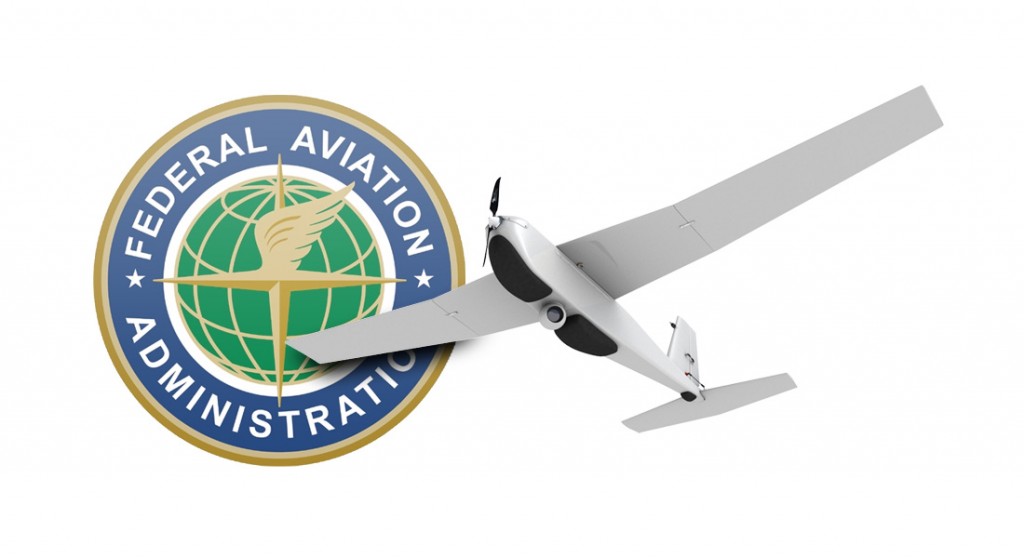Guest Post: Chris Costello is the Chief Training Officer and a Co-Founder at DARTDRONES.

“By law, any aircraft operation in the national airspace requires a certificated and registered aircraft, a licensed pilot, and operational approval.”
Section 333 of the FAA Modernization and Reform Act of 2012 allows the Secretary of Transportation to determine if a Certificate of Airworthiness is required for UAS operation. The 333 exemption allows for the commercial use of “drones” prior to the FAA finalizing the small UAS rules–which could be one to three years out. While the process was previously a laborious one, the FAA 333 exemption process has been streamlined over the last six months. However, that doesn’t mean you will receive your 333 exemption overnight.
The FAA sets expectations for application review at 120 days after submitting. This is not guaranteed. If using drones is going to be a critical part of your business operations (or could be), 120 days for an uncertain outcome can be tough to accept. In order to increase your odds of success and you need to put care into the application. The critical piece is making sure you know what to request an exemption from and explaining how it makes it safe to the public for your entity to have the exemption.
Below, find “four step guide” for applying for an FAA 333 exemption:
I. Identify A Pilot
Before you apply for a 333 exemption, you need to make sure that it’s within your ability to hire a pilot with a manned aircraft pilot’s license. Every flight must be overseen by a licensed pilot. Any of the official pilots licenses will work: ATP, CFII, CFI, Commercial, Private, Recreational, or Sport. It’s important to fully weigh the implications of this requirement. Will you hire a pilot? Full or part-time? Will you or a current employee attempt to become licensed? A pilot’s license is commitment, in both time and money, but could pay-off depending on how you plan on using drones in your business.
II. Submit an Application
The application process typically results in a 12 page legal document which includes a comprehensive write-up of your equipment, your intended use for a UAS, a description of your company, and a request to be “exempt” from multiple FAA regulations. If you plan on using a custom drone, use the aircraft for a novel purposes (no prior precedent), etc., you’ll need to put in extra time into preparing your application. For the custom drone, for example, you’ll need to have created a detailed user manual and documentation, etc.
At the beginning of 2015, there were roughly 50 exemptions. As of 6 Aug 15 there were 1,111 exemptions granted. Even though the number of granted exemptions has increased, approval is not a guarantee upon submission. We highly recommend having someone who knows the process complete your exemption for you.
IIa. Wait
Turnaround times vary considerably, but the average time for a notification have decreased drastically since exemptions began. For our consulting clients, we’ve seen times of around two months. From discussions with other drone operators, we’ve heard of ranges from one month to six months.
IIb. Receive your notification
The FAA notifies companies with an award or rejection via email. If you are approved: congratulations, time to move onto the next step! If you are rejected, you can re-apply, but it would make sense to get in touch with some other drone operators and exempted companies to see how you can strengthen your application.
III. File for an N-Number
After receiving your exemption, you pick up slips from your local FAA office and submit a short application for an N-number. An n-number, simply put, is a registration number for your aircraft (in this case, your drone). Your application will describe your aircraft–where you purchased, copy of your receipt (needs to be purchased from a US vendor), who is the primary owner (business of individual), and planned use.
IV. Fly
You must use a manned aircraft pilot for all flights. For every flight, you must file a NOTAM (Notice to Airmen) and send it to the FAA. While flying the UAS, your operating documents must be accessible during and made available to the Administrator upon request. On a monthly basis, you must send an update to the FAA. The message here is transparency and accountability. Keep everything you do documented–a flight logbook is HIGHLY recommended–and keep a line open to the FAA; if you stick to that, you’ll have no troubles.
Chris Costello is the Chief Training Officer and a Co-Founder at DARTDRONES, a drone training school and UAS services company. He heads up curriculum development and instructor training and is a proud veteran of the US Army.
















